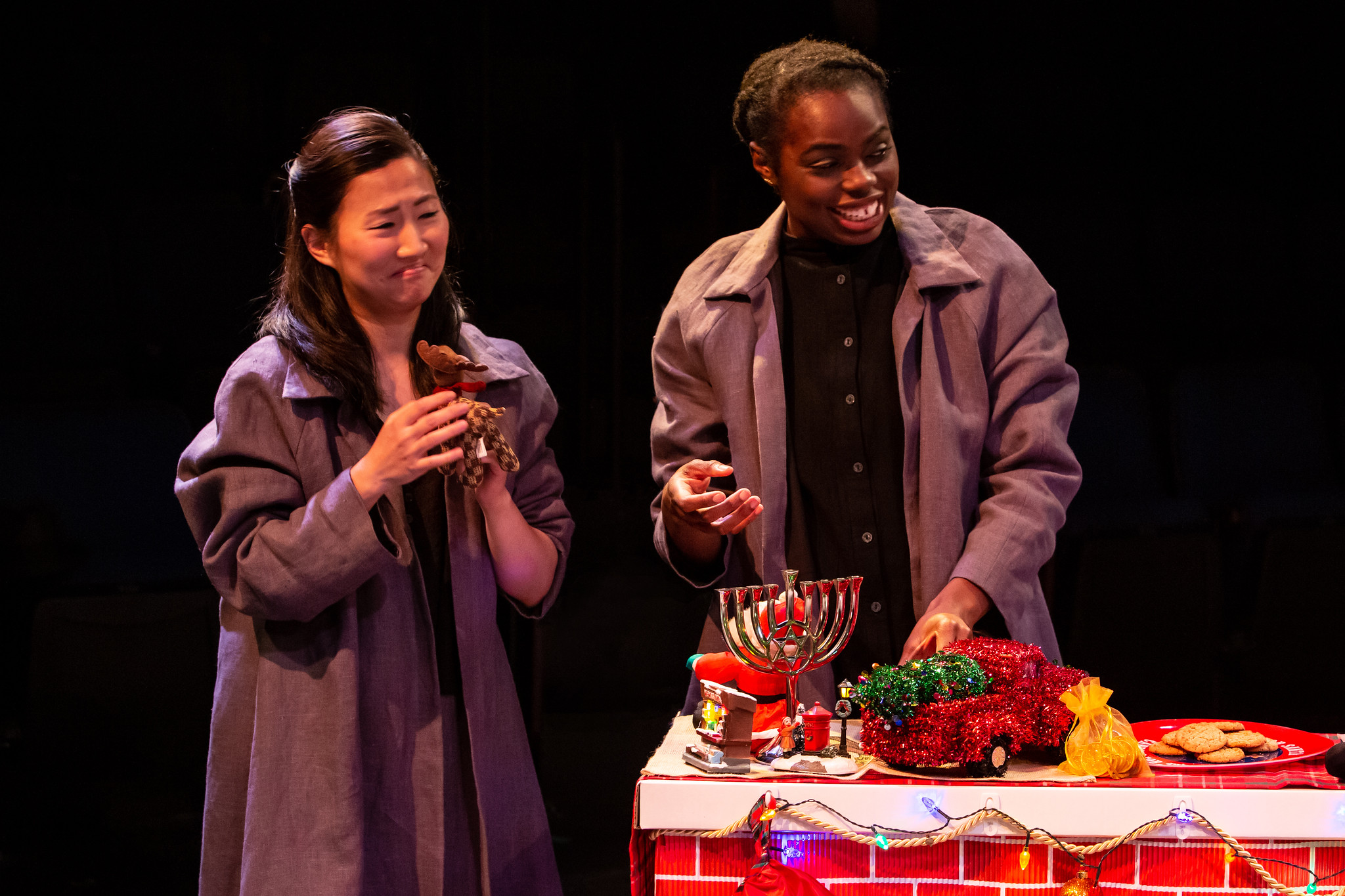Youth movement takes over 2003 NBA Draft
They call it a lottery because craps shoot sounds impolite. Thirteen NBA teams will pick through 1,000 pingpong balls Thursday night for the right to hire minors.
The Milwaukee Bucks will be affected by the process only if Atlanta gets incredibly lucky and wins one of the first three draft choices. Then the Bucks would have to wait a year to be further compensated for the departure of Glenn Robinson, as if Toni Kukoc hadn’t already turned that deal into a train robbery. Not to worry, Atlanta hasn’t gotten lucky since “Gone With the Wind.”
The draft lottery started when people were afraid that teams might lose on purpose, and although the system remains, the suspicions haven’t left, either.
What has changed is the stakes. In the beginning, college seniors like Patrick Ewing, with beards on their faces and candles on their cakes, were the prizes. In this year’s event, win, place and show will go to some combination of a high school senior, a college freshman and a 17-year-old Serbian.
You have undoubtedly heard of LeBron James, the 18-year-old Hummer spokesman, and if you didn’t know Carmelo Anthony before he undressed Kansas on national television you know him now. Darko Milicic’s name has also been on thousands of tongues, leaving most of them twisted.
They will be the newest major contributors to the greening of the NBA.
A total of 42 college and high school players applied to enter this year’s draft early, and although they all have time to change their minds between now and June 19, most of them won’t. Last year 69 applied, and only 24 withdrew.
Six of this year’s crops are college freshmen, six more are high school seniors and all 12 are relatively convinced they’re tomorrow’s Kobe Bryant, Tracy McGrady or Kevin Garnett.
Right now, though, they’re just today’s Kendrick Perkins, Ndudi Ebi or Charlie Villanueva, and you hope they have something productive in mind if this doesn’t work out. The same goes for Jonathan Hargett, Sani Ibrahim or Antonio Lawrence, college freshmen with more aspirations than publicity.
Coaches and colleges have been portrayed as major victims of pro basketball’s youth movement, but only the first group deserves any sympathy. As the employees get younger in the NBA, their bosses age.
Nobody remembers that McGrady needed three years to become a double-figure scorer for Toronto. The pro season doesn’t leave much time for remedial teaching, but coaches are expected to live up to their youngsters’ expectations whether they’re ready to play or not.
Colleges have always rented their athletes, and the only difference now is that the leases are shorter. Knowing that Anthony would be around for only a year didn’t require Syracuse to love him less, just quicker. There are never vacant seats at the Final Four, and the TV money continues to fund the search for replacements.
The really troublesome thing is where they’re looking. As the pros scout the high schools, the colleges scour the sixth grades. Can a day care developmental league be far behind?
The NBA is looking into setting a minimum age limit of 20 for its incoming players, which wouldn’t be a bad idea if the league also provided an opportunity for prospects younger than that to make a living wage while they wait. Crowding them into colleges when they’re not interested in learning anything doesn’t help anybody but the accountants.
Of course, if the league goes for the age limit, somebody’s bound to sue. So what are the chances the rule would survive? Probably about the same as Atlanta’s in the lottery.




